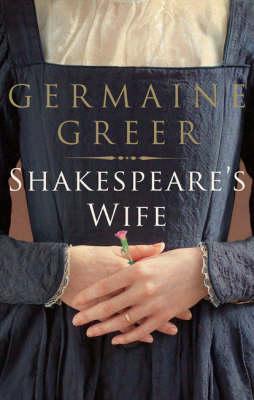Shakespeare’s Wife
What was Ann Hathaway like, and what was her role in her husband’s life? Often, male writers have suggested that she was an encumbrance who entrapped Shakespeare in a joyless marriage when he was too young to know better and who never appreciated his genius. This view has even made its way into popular culture, as in the film Shakespeare in Love. Feminist Germaine Greer argues that this says far more about misogyny than about Ann the actual woman. Ann Hathaway and William Shakespeare married when he was eighteen and she was twenty-six. We can only be sure of the barest facts about their life together. They had three children. Shakespeare left his family behind—but not permanently—to seek a career in the theater. He died in his fifties, at the family home in Stratford, bequeathing Ann, famously, his “second best bed.”
Greer uses modern research methods and new historical knowledge to set Shakespeare’s marriage in the social world of 16th- and early 17th-century England. William may have been lucky in finding Ann. While Greer can only speculate about Ann Hathaway’s specific circumstances, she makes a good case that she worked and supported their children and gave William a safe harbor to which he repeatedly returned. In historical context, it seems even Shakespeare’s will does not reflect poorly on their marriage. What I found most convincing was Greer’s reinterpretation of one of Shakespeare’s sonnets. It does, as Greer argues, read remarkably like a poem about a beloved, absent wife.
This thoroughly enjoyable, brilliantly written book deserves to be widely read. History buffs will relish the details about ordinary life in Shakespeare’s England, and those who love his work will come to a deeper understanding of its roots.










